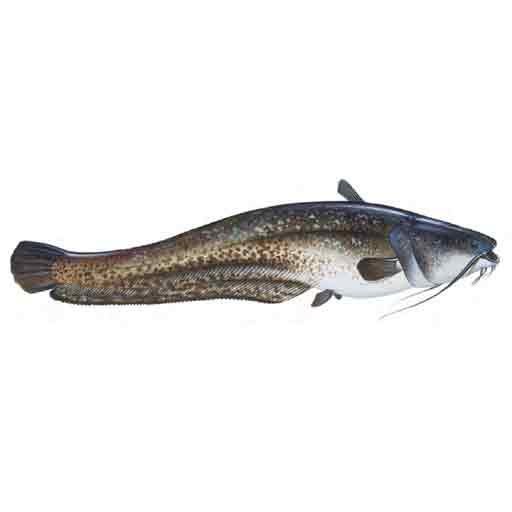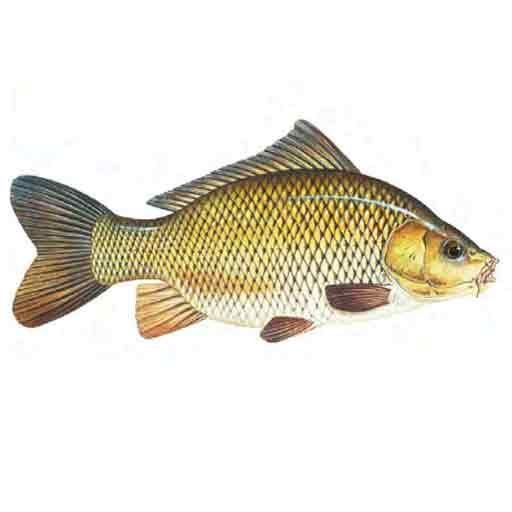Introduction
Tuna fish is widely known for its delicious taste and versatility in various culinary dishes. It is a popular choice among seafood lovers due to its rich flavor and health benefits. In this article, we will explore different types of tuna, their size, weight, habitat, and price.
Table of Contents
Types of Tuna Fish
There are several types of tuna fish, each with its own unique characteristics:
1. Yellowfin Tuna
Yellowfin tuna, also known as ahi tuna, is one of the most popular types of tuna. It is characterized by its yellow dorsal fin and vibrant pink flesh. Yellowfin tuna can grow up to 7.5 feet in length and weigh up to 400 pounds.
2. Albacore Tuna
Albacore tuna, also known as white tuna, is known for its mild flavor and tender texture. It has a silver-colored body and can grow up to 5.5 feet in length, weighing around 80 pounds.
3. Skipjack Tuna
Skipjack tuna is the most commonly consumed type of tuna. It has a dark-colored flesh and is often used in canned tuna products. Skipjack tuna can grow up to 3 feet in length and weigh up to 45 pounds.
Size and Weight
The size and weight of tuna fish vary depending on the species. Here are the average sizes and weights for some popular types of tuna:
- Yellowfin Tuna: 5-7.5 feet in length, weighing up to 400 pounds
- Albacore Tuna: 3-5.5 feet in length, weighing up to 80 pounds
- Skipjack Tuna: 2-3 feet in length, weighing up to 45 pounds
Habitat
Tuna fish are found in warm and temperate waters around the world. They are known for their ability to swim long distances and can be found in both coastal and open ocean areas. Tuna prefer water temperatures between 70°F and 80°F.
Price
The price of tuna fish can vary depending on various factors such as the type of tuna, its quality, and the market demand. Fresh tuna is generally more expensive than canned tuna. Yellowfin tuna is often priced higher due to its popularity and larger size. The price can range from $10 to $30 per pound for fresh tuna.
Frequently Asked Questions (FAQs)
Is tuna fish good for health?
Yes, tuna fish is a nutritious source of protein, omega-3 fatty acids, and various vitamins and minerals. It is known to promote heart health, boost brain function, and support overall well-being.
Can I eat tuna fish raw?
Yes, certain types of tuna, such as yellowfin tuna, can be consumed raw in dishes like sushi and sashimi. However, it is important to ensure that the fish is fresh and sourced from a reputable supplier to minimize the risk of foodborne illnesses.
How should I store fresh tuna?
Fresh tuna should be stored in the refrigerator at a temperature of 40°F or below. It is best to consume it within 1-2 days of purchase to ensure optimal freshness and taste.
Are there any sustainability concerns with tuna fishing?
Yes, overfishing and unsustainable fishing practices have raised concerns about the conservation of tuna populations. It is recommended to choose tuna that is sustainably sourced and labeled with certifications such as MSC (Marine Stewardship Council) to support responsible fishing practices.
Can I freeze tuna fish?
Yes, you can freeze tuna fish to extend its shelf life. It is advisable to wrap it tightly in plastic wrap or place it in an airtight container before freezing. Frozen tuna can be stored for up to 3 months.
What are some popular tuna recipes?
Tuna can be prepared in various ways, including grilling, searing, baking, or even as an ingredient in salads and sandwiches. Some popular tuna recipes include tuna steak with sesame crust, tuna salad, and tuna melt sandwich.
Conclusion
Tuna fish offers a delightful culinary experience with its distinct flavors and versatility. Understanding the different types of tuna, their size, weight, habitat, and price can help you make informed choices when purchasing and cooking tuna. Whether you enjoy it raw in sushi or cooked in a flavorful dish, tuna is a delicious and nutritious addition to your seafood repertoire.

















